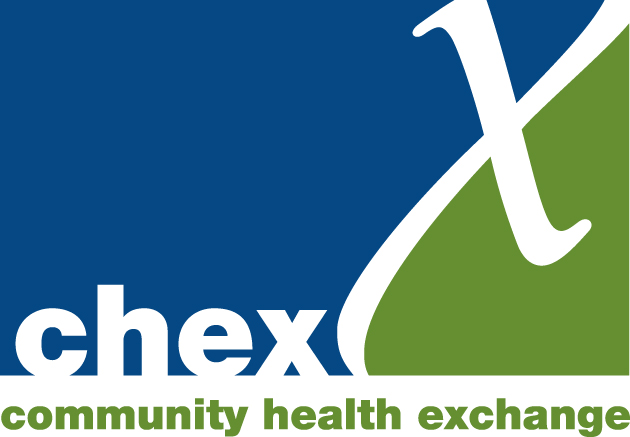Key action four - Increased and improved capacity building for staff/professionals at all levels as well as for communities, particularly around inequality, equality and participation.
It is understandable that there is a lot of interest and growing recognition of the value of community resilience, empowerment and grassroots organisations in improving health and wellbeing. Social prescribing, the community response to Covid-19 and community land ownership are just three high-profile examples of community approaches that have been rightly heralded as benefiting the health and wellbeing of communities. Policy work around place and wellbeing, community wealth building and 20-minute neighbourhoods are equally indicative of the interest and recognition in community approaches.
However, what doesn’t get talked about enough is the support that many people and groups require to be part of these developments. Given that tackling inequality and reducing poverty are key outcomes which the above initiatives and policies seek to work towards, it is vital that marginalised and disadvantaged communities are supported to be resilient, empowered and to have influence over the decisions that affect them. Otherwise, only high-capacity, more affluent, communities will benefit disproportionally, and inequality will potentially get worse.
Where does this support come from and how does it work? Here are some examples:
Health Issues in the Community
Health Issues in the Community (HIIC) is a training course for community members that enables participants to develop their understanding of the range of factors that affect their health and the health of their communities. This enables them to explore how these factors can be collectively addressed. People who take part in the course often go on to participate in decision-making processes and to take a more active role in the planning and delivery of services.
The other important aspect of HIIC is that it is delivered by a network of trained tutors, who can be working in a range of rolls related to community development and health. These tutors are trained through HIIC’s tutor training programme, which is also delivered by experienced HIIC tutors.
Due to these two aspects, HIIC simultaneously builds community and workforce capacity. Taken as a whole, the programme is a key tool for tackling inequalities by helping services and decision-making to become more preventative and participatory.
Local community development support
Community development practitioners work in a range of different roles and organisations, ranging from community development workers in the third sector to community learning and development (CLD) workers in public sector organisations. People in these roles provide vital support to help communities achieve their aims, whether using their own assets to improve the quality of community life or working with public agencies to improve services and the way in which decisions are made.
For instance, a community health worker at Dundee City Council has supported Dundee-based group, Taking up Sophie’s Fight to develop and carry out their own research project into mental health support as part of the Knowledge is Power programme. The community health worker’s support has been crucial to completing the research, helping to give the group a voice in mental health services. A key design feature of community-led action research programmes such as Knowledge is Power is that local community development support be in place before groups participate in the programme.
Support from national organisations
National level support, working in combination with local support, is integral to ensuring that everyone benefits from efforts to involve, empower and build the resilience of communities. Third sector intermediary organisations, equality networks and specialist support organisations all play their part, offering expertise in using particular approaches or working with vulnerable groups.
For instance, it is clear that the reason why part 3 of the Community Empowerment (Scotland) Act, giving the right to make ‘participation requests’, has been underutilised, is that not enough people and groups know of it or feel confident enough to use it. Where successful outcomes have resulted from participation requests, support and information from Scottish Community Development Centre has been provided to groups in partnership with support from national umbrella support organisations such as Self-Directed Support Scotland.
These three examples of capacity building all interlink, and they are all relevant to capacity building for practitioners, not just communities. For instance, third sector support organisations regularly upskill public sector staff in everything from equality to community engagement. SCDC’s support for the HIIC tutor network is a great example of all three examples of support working in tandem, resulting in training being rolled out at a local level.
But there is potential for so much more capacity building to be done, and it is sorely needed to back up well-intended policy. The examples provided are just a flavour of the support that can, and needs to be, provided to groups and agencies. Hopefully they help to illustrate exactly why proper and sustained investment in capacity building is required.

